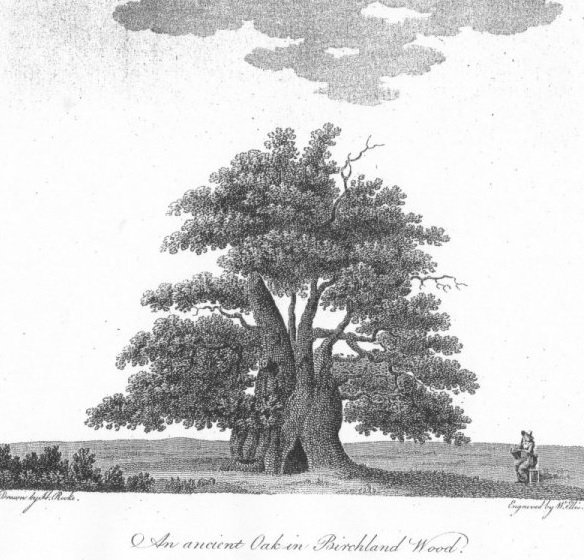
The Major Oak of Sherwood Forest
17th July 2015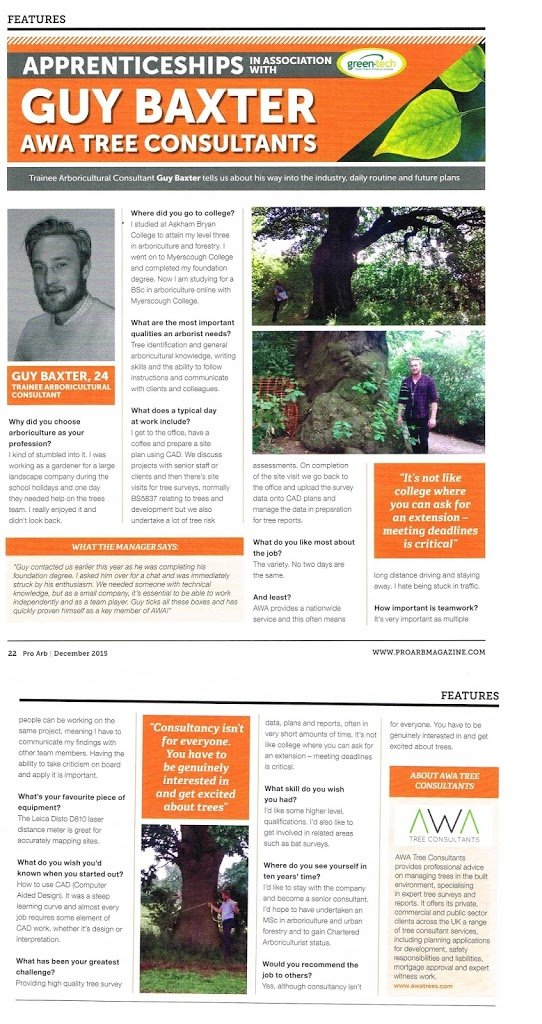
AWA Tree Consultants in Pro Arb Magazine
18th December 2015The Lime Trees of Rivelin

The Emotional Life of the Arboriculture Consultant
Sheffield is famous for its trees. One of the jewels in Sheffield’s arboreal crown is the avenue of limes along Rivelin Valley Road. At three and a half miles long, it forms the second longest lime avenue in the country. This spectacular natural monument is rooted in Sheffield’s history, but there are now concerns that it is under threat.
Unlike most historic tree avenues, formed as a result of vanity projects of the aristocracy or wealthy landowners, what brought about Rivelin’s avenue, over a century ago, was a combination of high unemployment and the foresight of a benevolent water committee.
The Water Committee of Sheffield Corporation was formed in 1830 (taking over from the private sector). To aid in water provision for the growing city of Sheffield, the Committee built a series of reservoirs to the west of the city. The River Rivelin starts up on the moors, near north west Sheffield, and flows through the Rivelin Valley. The river proved ideal for powering the twenty mills that developed along its course. The Water Committees work included an agreement that they must supply compensation water into the River Rivelin, for the benefit of the mill owners and other users further downstream.
At the turn of the century there were no proper roads along the Rivelin valley. All that existed was a network of farm tracks and disconnected bridleways linking the farms and the riverside mills. In 1905 the Water Committee suggested that building a ‘good road’ along the valley would be a solution to the high rates of unemployment that existed within the city. It made provision to buy the required land, noting that “In a few years the council, through the water committee, will possess 3.5 miles of tree lined road, running from Malin Bridge to Hollow Meadows in the north west of Sheffield”. Work on the road began in November 1905, with an average of 172 men being employed on the scheme.
To create the tree lined road, in 1906 the committee purchased 700 lime trees, from ‘Messrs Dixons of Chester’, at a cost of £147.00. Each tree was planted along the road within an iron cage, around 35cm in diameter and around 1.5m high. It’s understood these cages were in place for the first 30 years of the trees lives, ensuring they weren’t damaged by traffic or vandals.
When the new road was being constructed there were several places where existing mature trees stood in the path of the new road. Those that were in the middle of the road were removed, but there were several that stood on what was to become the footpath and others that encroached onto the road by only a small degree. The road builders were reluctant to fell the mature trees unnecessarily and many were allowed to stay – being incorporated into the road design. The council simply painted the trunks of trees that encroached the road with whitewash each year, so that traffic would steer around them. This solution worked well for many years, yet over the following decades, as the traffic and speed increased along the road, there were a number of accidents where the old trees were located, and eventually the decision was taken to remove them.
At the same time as the avenue was planted, the committee ordered many more thousands of trees to be planted around the nearby reservoirs. They purchased “9000 larch, 9000 birch, 9000 scotch fir, 100 oak, 100 elm, and 100 sycamore trees”. These were bought from ‘Cilbrans of Altrincham’, all for the price of £57.00 (what a bargain!).
Today we reap the rewards of the benevolent water committee’s actions over a century ago. In an attempt to create work for the city’s unemployed they created a majestic green corridor that connects the urban and rural – from the built up North West Sheffield suburbs, out to the wooded reservoirs of the Peak District. Their long-term investment should inspire decision makers today, to understand the unique potential of this linear tree feature, as an asset for future generations.
Today we reap the rewards of the benevolent water committee’s actions over a century ago. In an attempt to create work for the city’s unemployed they created a majestic green corridor that connects the urban and rural – from the built up North West Sheffield suburbs, out to the wooded reservoirs of the Peak District. Their long-term investment should inspire decision makers today, to understand the unique potential of this linear tree feature, as an asset for future generations.
Currently, Sheffield Council contractors Amey are scheduled to remove 31 of the mature lime trees within the avenue, as part of highway maintenance works. While it is good to see that the trees are to be replaced, with similar lime species, the scheduled removal work will undoubtedly diminish the avenue as a linear tree feature. The danger is that Amey’s tree surveys only look at the risk of individual trees to roadside infrastructure, but the avenue, as a whole, must be taken into consideration when making any management decisions. It is crucial that the removal of healthy trees for causing “damage to surface” is truly a last resort.


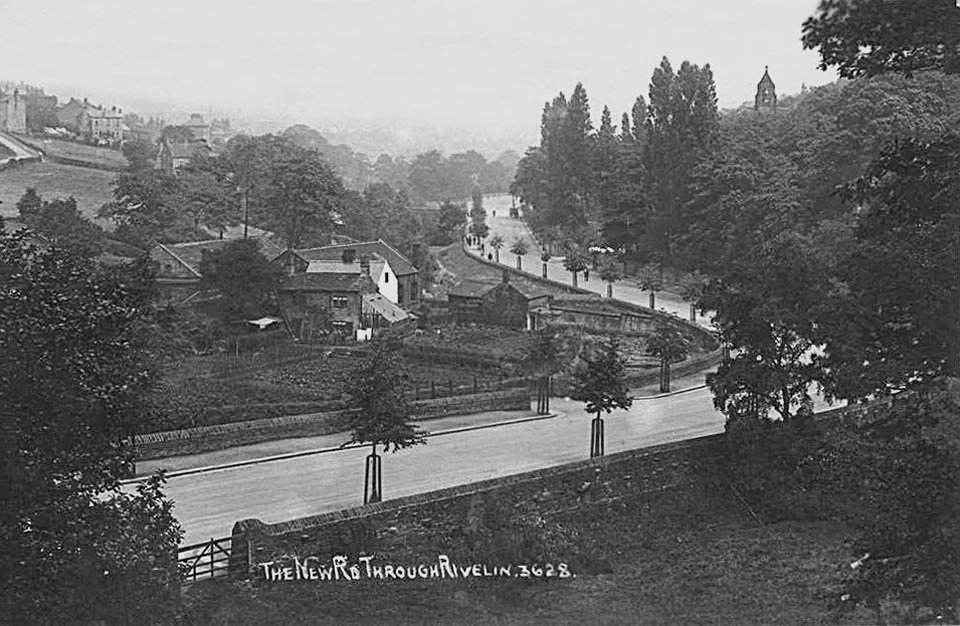
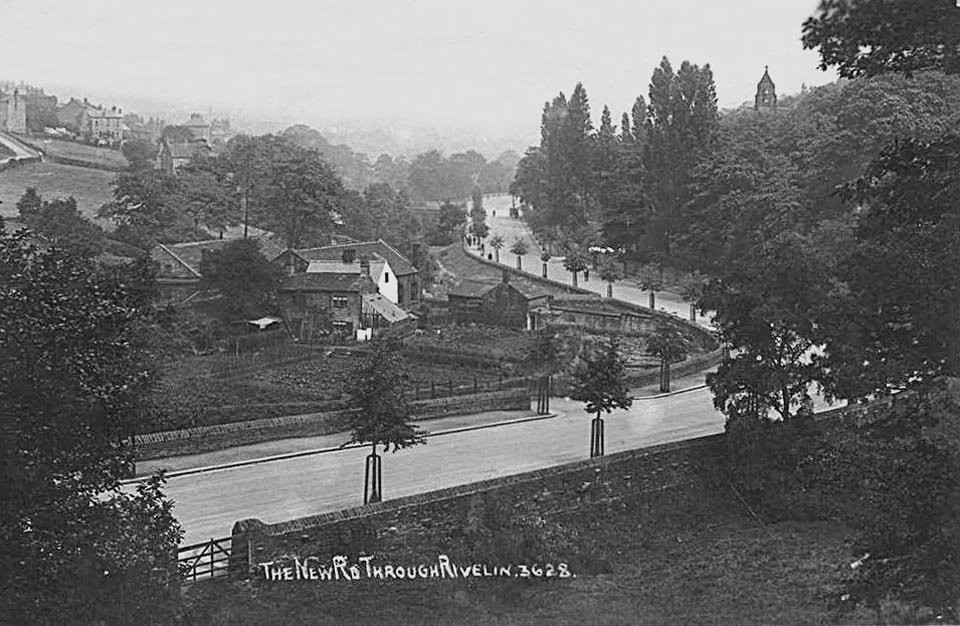
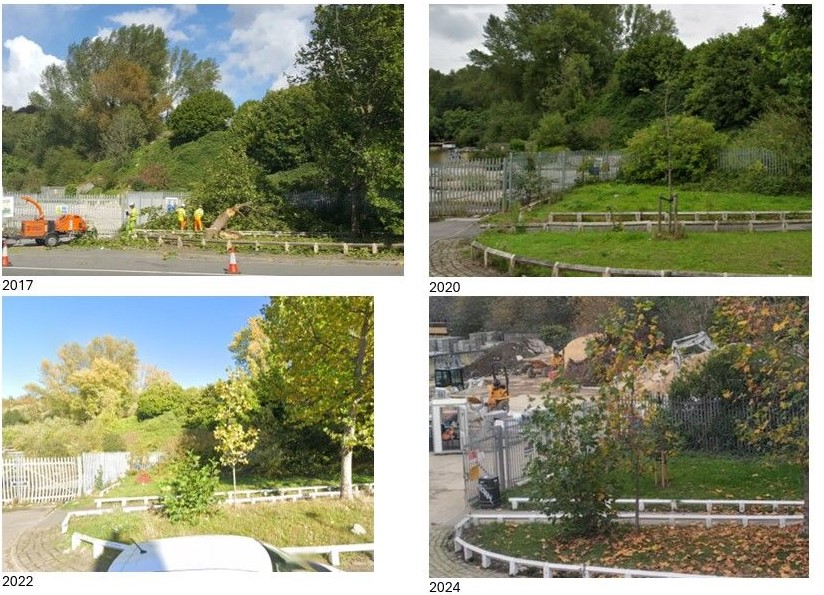


2 Comments
Thank you for your blog, Adam. It helped me visualise my late dad’s experience growing up in the King Edward VII Hospital for Crippled children in the 1930-1940s.
I will look out for the Lime-blossom / Linden trees as I walk along the trail,